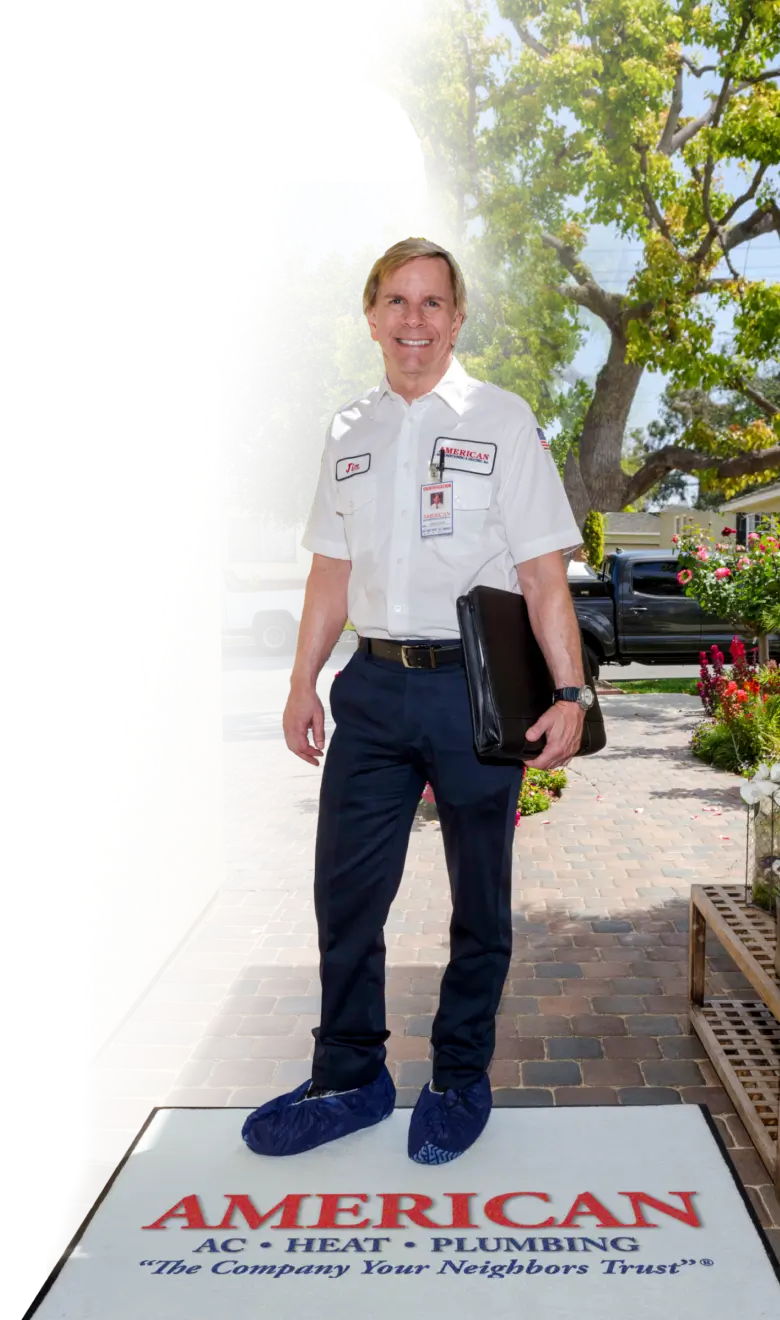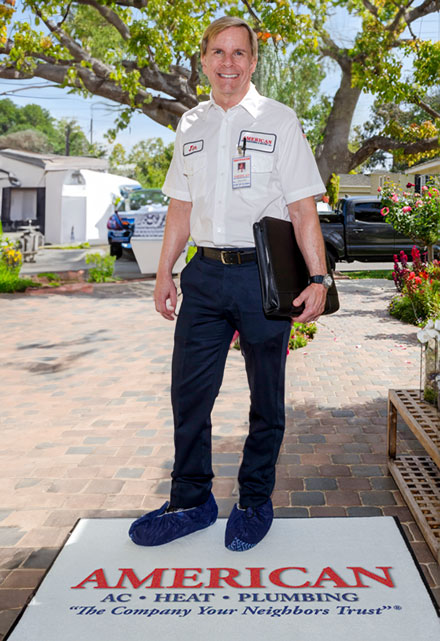Whenever there’s a problem with a heating system, most homeowners or property managers typically search for a furnace repair service in their local area. However, if that individual has a basic knowledge about furnaces and its various parts, they try to fix it themselves. Doing so saves them money and an unexpected service call.
One such common fix is replacing the furnace capacitor when it fails. If you’ve never heard the term “furnace capacitor,” it is a vital component of your furnace’s fan motor. The capacitor provides an even and steady flow of electrical current that permits the furnace blower to move heated air through your system, and out into your home.
What Is The Normal Function Of A Capacitor In Your Furnace?
When the air heats up in the furnace, it gets circulated throughout your home from your heating system. To do that, the furnace’s blower motor, connected to a large ‘squirrel cage’ fan, circulates the heated air.
For that to take place, starting your blower motor requires a jolt of power for the system. With that jumpstart, the blower begins turning. Now, your furnace capacitor takes over, providing a steady supply of electricity, so your blower motor continues spinning.
Indications of Furnace Capacitor Issues
When the capacitor malfunctions or fails, the blower motor cannot start. The faulty capacitor stalls the process of moving heated air through your system. Without a functional capacitor, the blower cannot get the initial jolt it needs to spin.
To determine if you have a faulty furnace capacitor and know what to look for, you can troubleshoot the problem yourself. Below we’ve listed a typical capacitor troubleshooting process.
- Try setting the thermostat above the current room temperature. Notice if the blower motor starts spinning after a few minutes.
- When the blower motor starts spinning, you should hear a slight humming sound. Initially, the blower motor will spin slowly and then gradually increase its speed.
- If you hear the humming sound, but the motor won’t start, you know something is restricting the blower motor from spinning.
- A faulty furnace capacitor might be responsible for this problem.
- If you hear a clicking sound when the furnace attempts to start, but the fan motor does not blow air or turn on, it may indicate a bad capacitor.
- Inside furnaces, there are built-in thermal overload switches. When the furnace overheats, the switches trip.
- A faulty capacitor might cause the furnace to become too hot internally, tripping a safety switch. If that happens, expect the furnace to shut down temporarily.
- If the blower runs slowly or becomes hotter than expected, it’s letting you know the capacitor is not holding its charge.
When looking for furnace replacement near me or furnace repair services, contact us at (800) 321-9494 and speak to one of our trained furnace capacitor specialists. For the best services at affordable rates, you can always trust American AC Heat Plumbing.








